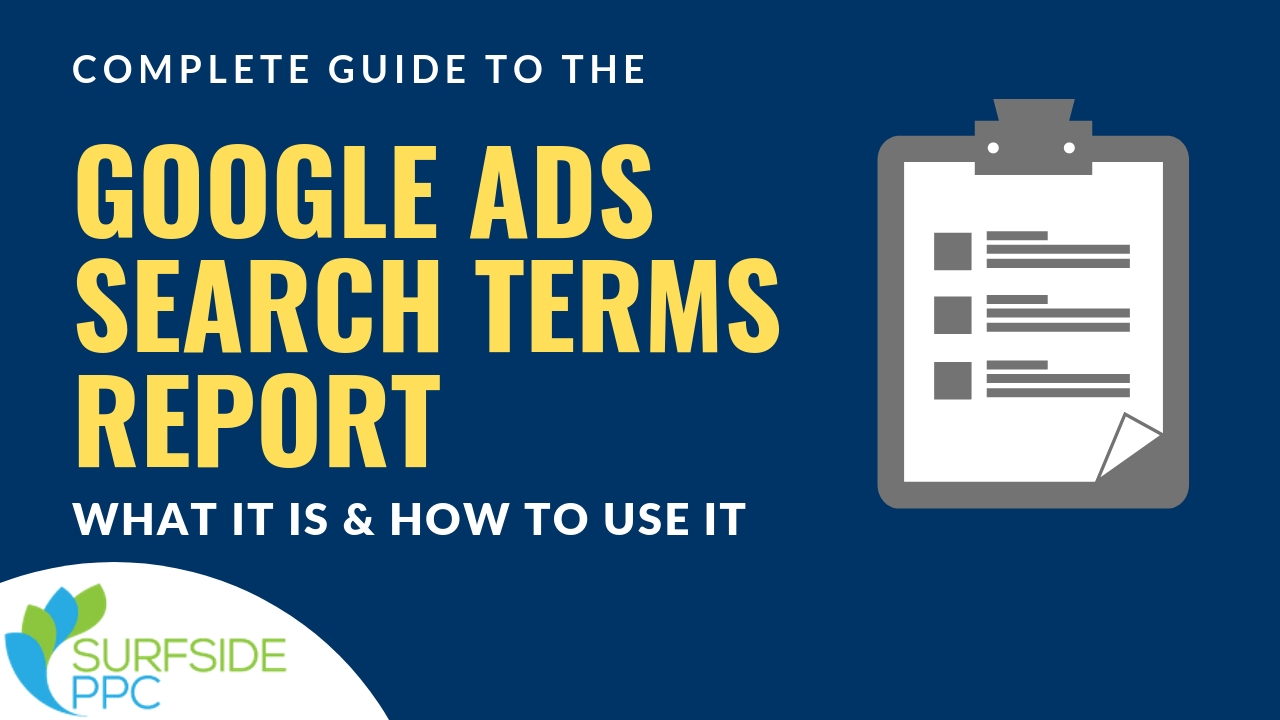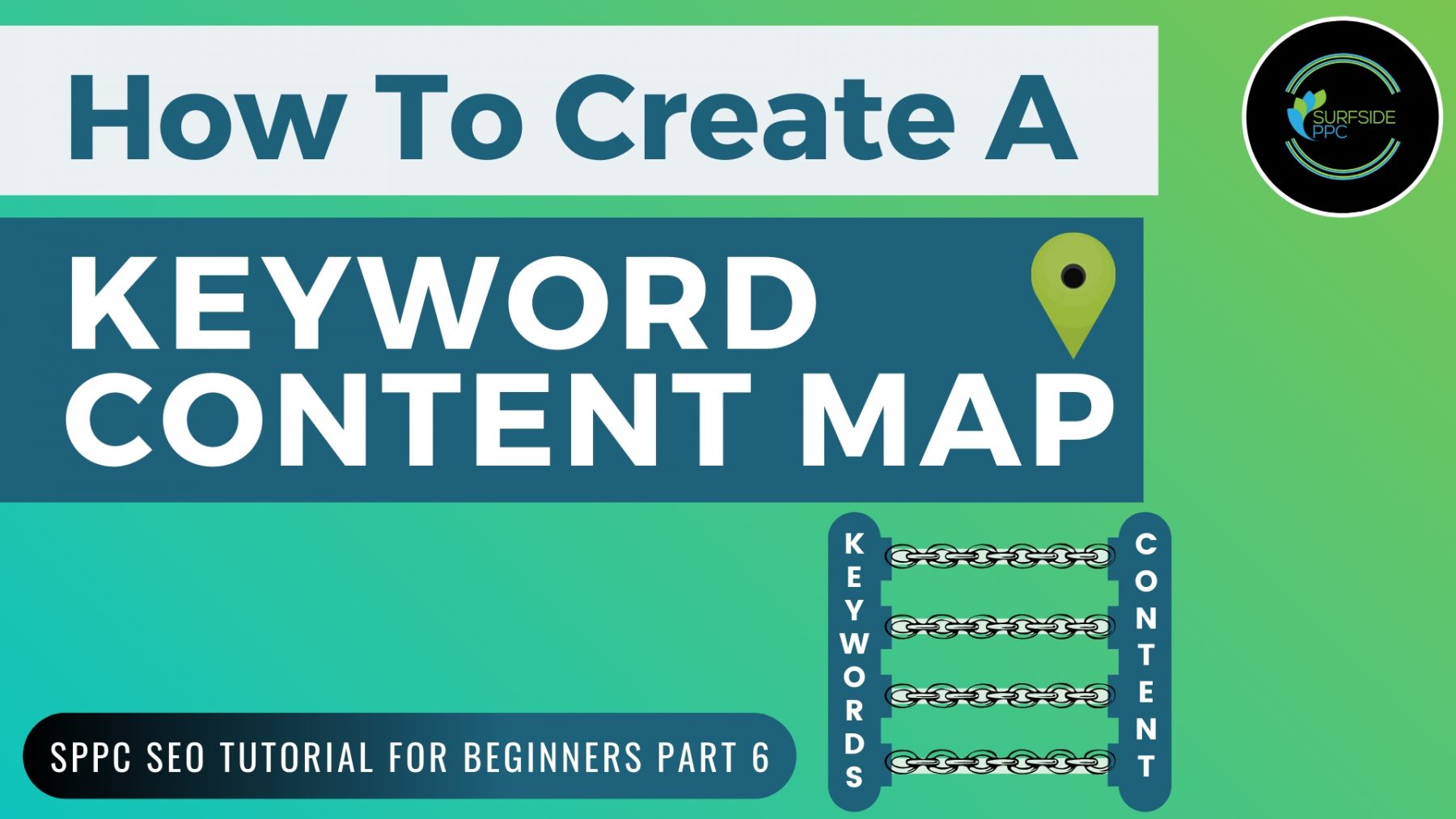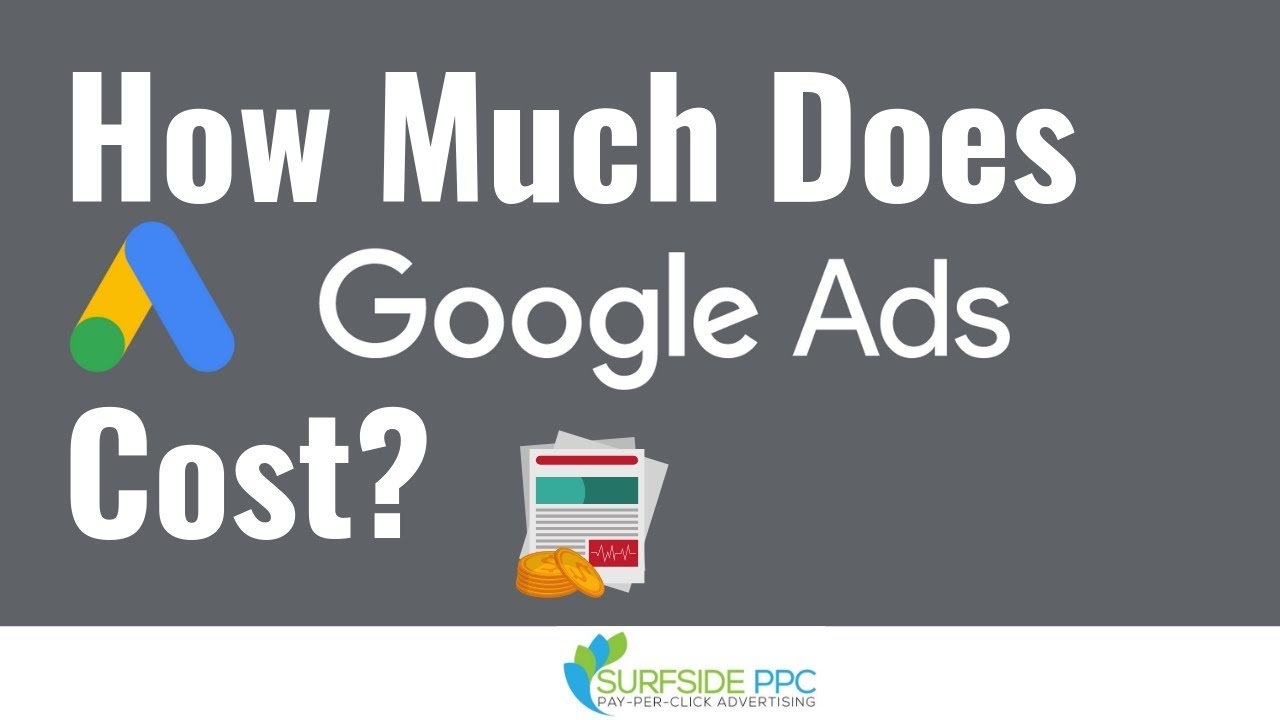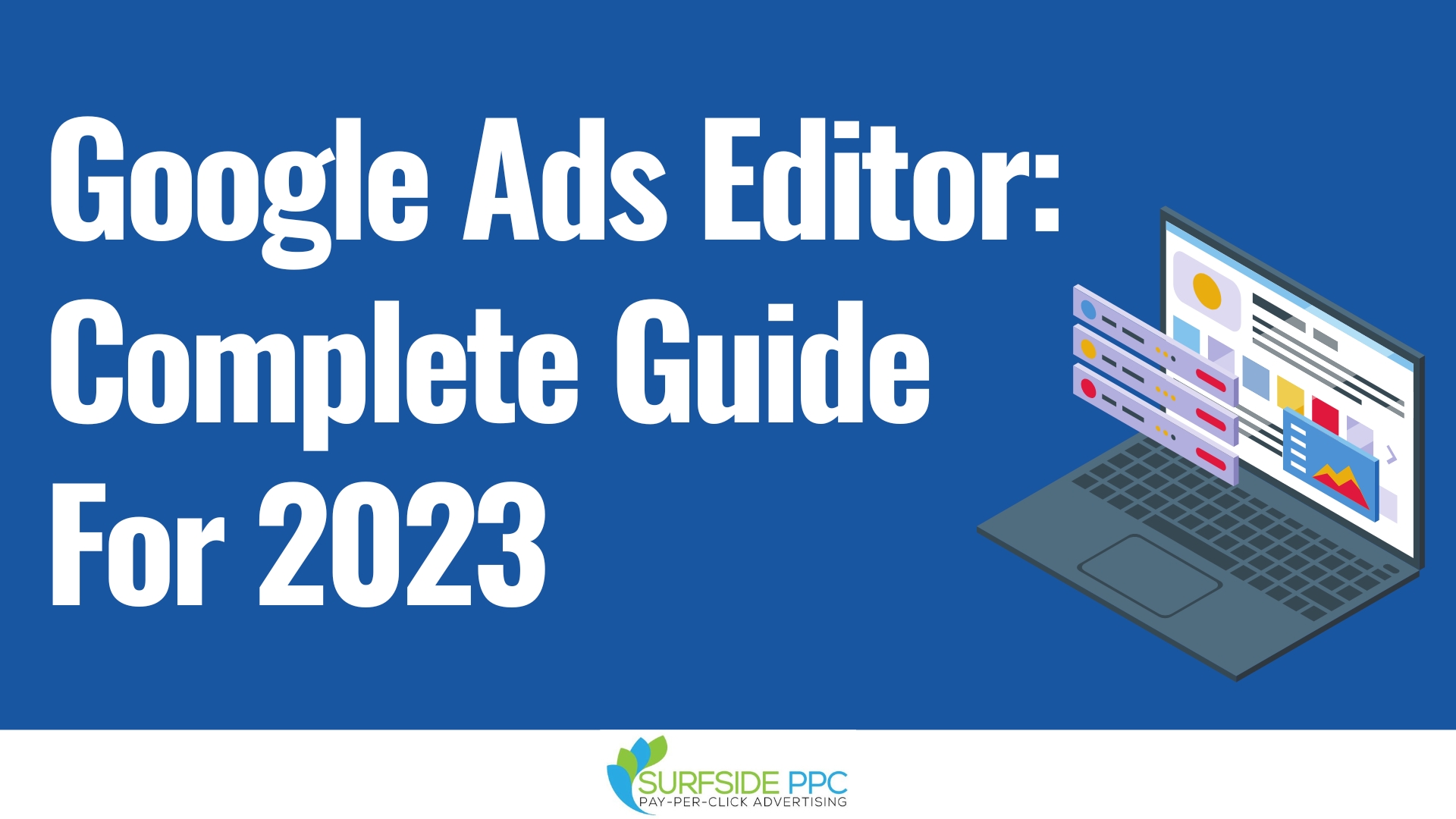If you work in Marketing and Advertising, you are familiar with the term “impression.” But what exactly is an impression, and are all impressions equal? Impressions are one of the major metrics that advertisers and marketers will track. More impressions are always the goal of a Marketing campaign. In this comprehensive guide, we’ll define an impression, how it’s calculated, and why it matters for marketers.
Marketing Tools I Love:
Each link below will give you access to a free trial. These 2 tools save me hours of time each month with client work. I am an affiliate and a customer of both tools. If you manage Google Ads or if you are working on SEO, both tools are worth trying. - Corey Frankosky
SEO: Search Atlas + Otto
PPC: Adalysis
What is an Impression?
An impression is every time someone views your advertisements or sees your content. Each time an ad appears within a web page or app viewable to a user, it counts as one impression of that advertisement. It will also count as a new impression for your ad campaign.
Impressions measure the potential number of views or exposures your ads receive, regardless of whether users actively click or engage with them. The metric acts as an indicator of the frequency with which your ads are displayed, as well as the scope of their reach.
Example of an Ad Impression on a Website

You can also track impressions for any Marketing campaign. For example, every time someone sees your social media post, it would count as a new impression. Every time someone sees your website in the search results, you will get a new impression in Google Search Console.

Example of Impressions in Google Search Console
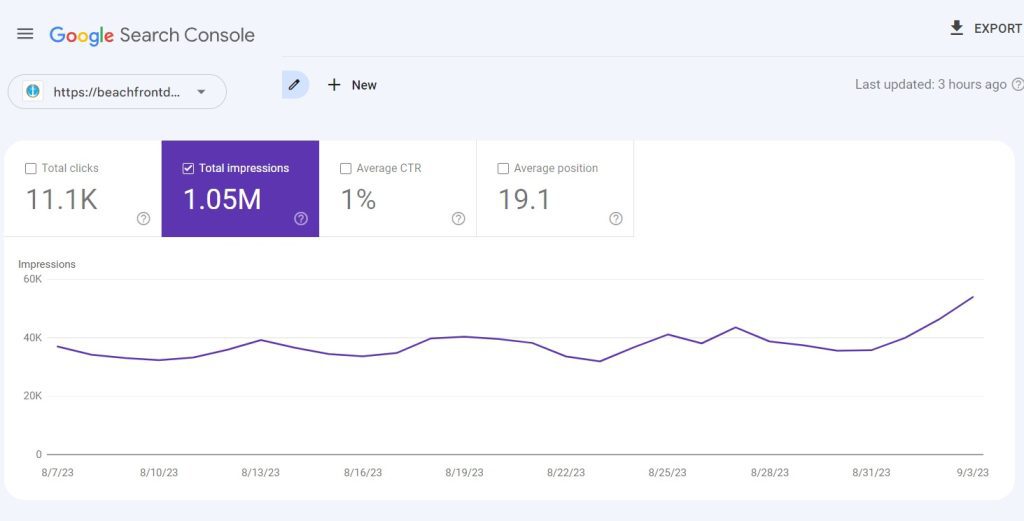
Why Impressions Matter for Advertisers
In short, impressions offer advertisers key visibility metrics to track campaign reach, hone targeting, identify high-performing placements, and maximize ad budget efficiency. Impressions are a fundamental metric advertisers use to gauge campaign visibility and monitor ad performance. Here are some of the critical insights impressions provide:
- Product and Brand Awareness: Even if users don’t click, displaying your ads increases brand awareness and visibility. Impressions tell you how often your brand, product, or service was advertised to a potential customer.
- Cost Efficiency: Impressions combined with click data allow you to calculate important cost metrics like CPM and CTR for optimizing budgets.
- Frequency: When paired with reach metrics, impressions indicate each user’s exposure frequency. You can optimize frequency based on campaign objectives.
- Unique Reach: The number of impressions shows how far and wide your ads are being displayed. High impressions indicate your ads are serving a broad audience.
Distinguishing Impressions vs. Views & Clicks
While related, these metrics provide different insights. Impressions indicate exposure, video views demonstrate awareness, and clicks show user action. Impressions, video views, and clicks represent different levels of user interaction with an ad:
- Impressions – The number of times an ad loads on a user’s screen, whether seen or not.
- Video Views – When a video ad is on the screen long enough to be considered a view by the user. When you run video ad campaigns, you may notice that you have more impressions than views.
- Clicks – The number of times users actively click on the ad, leading them to a landing page. Clicks are a further subset of views.
How are Impressions Calculated?
Monitoring your impressions accurately is important for understanding advertising reach and performance. Advanced metrics like viewable or measurable impressions further qualify the data. When it comes to calculating impressions, the requirements depend on the advertising platform and the placement.
- Page Loads: Ads served within website or app page loads that trigger a call to the ad server count as impressions when pages fully load.
- Partial Page Loads: Some platforms count impressions even for partially loaded pages where ads may be viewable.
- Time Displayed: Channels like display ads may only count impressions when an ad is on screen for a minimum duration, like 1-2 seconds.
- Viewability: Certain placements only tally impressions for ads meeting viewability thresholds like 50% in view and 2 continuous seconds. Sometimes they are referred to as viewable impressions.
- User Type: To avoid inflating figures, most platforms exclude impressions from bots, spiders, and non-user traffic. Impressions should only count when your ads are shown to real users.
Common Impression Metrics
Along with total impressions, advertisers rely on common impression metrics like:
- Reach: Total number of unique users exposed at least once. Indicates campaign scope.
- Frequency: How often on average each user sees an ad. Optimizing frequency balances visibility with over-exposure.
- CPM: Cost-per-thousand impressions or how much an advertiser pays for 1,000 ad impressions. Allows comparison across channels.
- Viewability Rate: Percentage of impressions considered viewable based on defined visibility and duration thresholds.
When analyzed together, these supplementary metrics add context and insight into campaign impressions.
Best Practices for Optimizing Impressions
To generate more valuable impressions for their ads, advertisers should focus on:
- Running A/B tests on creatives, audiences, placements, and landing pages to increase relevancy.
- Analyzing user behavior across high- and low-impression pages to identify trends.
- Optimizing ads for viewability in above-the-fold placements and stream placements.
- Balancing reach and frequency based on campaign goals and audience.
- Comparing CPM and viewability rates across platforms and partners to allocate budgets efficiently.
- Tracking impressions by asset, placement type, geography, and other factors to uncover optimization opportunities.
FAQs for Impressions
If you still have questions at this point, we have even more information below. We should be able to answer all of the questions you may have below.
What factors influence how impressions are calculated?
The calculation of impressions varies depending on the advertising platform and placement. Factors such as page loads, partial page loads, time displayed, viewability thresholds, and user type play a role in determining how impressions are counted accurately.
What are some common metrics related to impressions in online advertising?
Common metrics related to impressions include reach (total number of unique users exposed), frequency (average number of times each user sees an ad), CPM (cost-per-thousand impressions), and viewability rate (percentage of viewable impressions based on specific thresholds).
How can advertisers optimize impressions for their ad campaigns?
To optimize impressions, advertisers should conduct A/B tests, analyze user behavior, optimize for viewability, balance reach and frequency, compare CPM and viewability rates, and track impressions by various factors to identify optimization opportunities.
What is the significance of viewable or measurable impressions?
Viewable or measurable impressions are advanced metrics that qualify the data by considering whether an ad meets specific viewability criteria. These metrics provide a more accurate assessment of ad performance and reach.
How can advertisers refine their campaigns based on impression data?
Advertisers can refine their campaigns by using impression data to assess reach, viewability, frequency, and costs. This allows them to optimize their campaigns for efficiency and impact.
Are impressions relevant for all types of online advertising campaigns?
Yes, impressions are relevant for various types of online advertising campaigns, including search, social, and display advertising. However, they are not always the main statistic that advertisers optimize for. They provide valuable insights into campaign reach and visibility.
Conclusion
Whether you’re running search, social, or display ad campaigns, impressions offer an invaluable metric for gauging the reach and visibility of your ads. Optimizing based on impression volume, viewability, frequency, and costs allows advertisers to refine campaigns for peak efficiency and impact. By continually assessing impressions and trends, brands can ensure their ads are consistently viewed by the right audiences.


